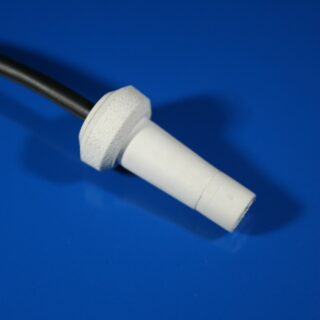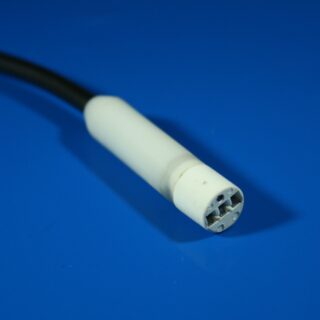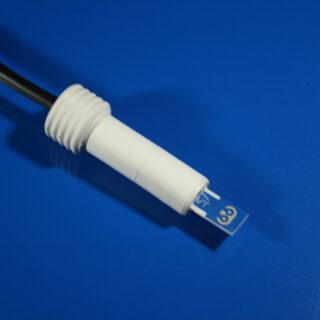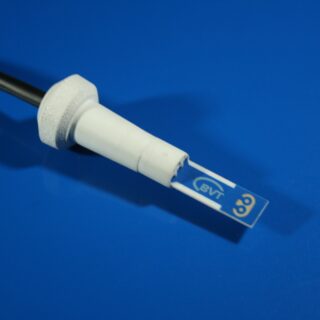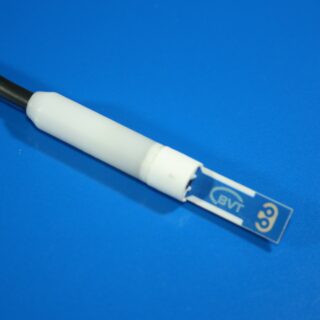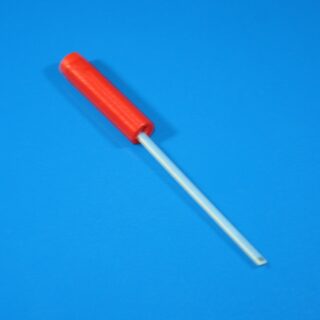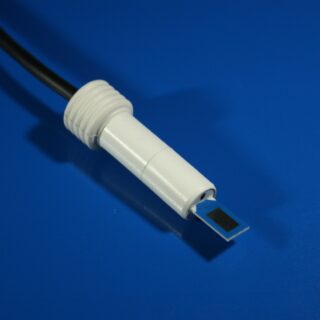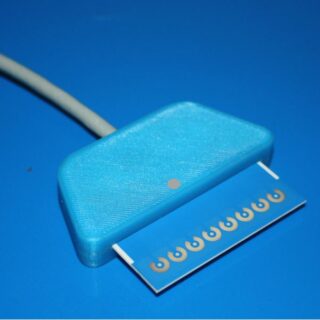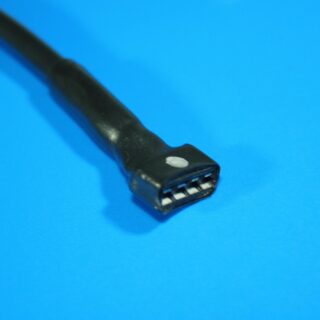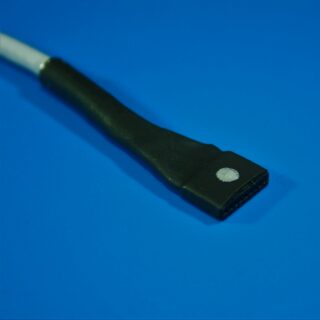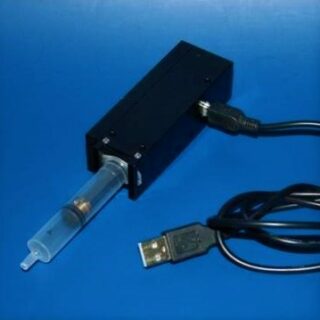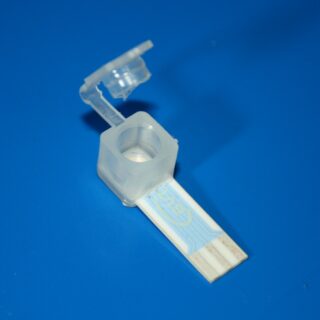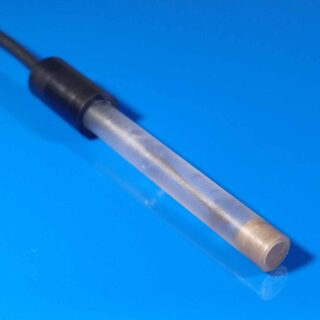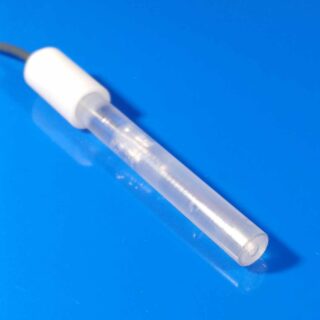Category
- CUSTOMER SERVICES
- NEW PRODUCTS
- Sensors and electrodes
- Custom made and Modified Screen Printed Electrodes
- Stirrers
- Cables and connectors
- Cell
- Potentiostats
- Manual Screen Printer
- Minithermostat
- Pumps
- Accessories
- Kits & Sets
- Discounted SPEs (at a reduced price with visual defects/inconsistancies, but fully functional)
Archives: Products
Showing 65–80 of 126 results
-
KA4.* Connector for Electrochemical Sensors
Read moreThe connector enables the use of the electrochemical sensor/biosensor based on the substrates AC1, AC4, CC1, CC2 and TS1 in classical electrochemical arrangement. This connector has 6 contacts. Three contacts on the front side serve as contacts for 3-electrode system. Three contacts on the back side main purpose is to be used with AC1 (H, T) sensors that possess heating and temperature measuring termistor.
-
LP Linear pump
Read moreThe linear pump LP.* consists of miniature motor with digital encoder and planetary gear, which is in aluminium body of pump.
The motor drives the screw which moves the piston in syringe in both directions. The pump is designed for extremely small applications such as medical or military applications. It can be used in hand-held devices. The main advantage is no pulsation and easy connection with syringe piston. The pump can supply liquid through flow cells FC2, FC3 or FC4. Linear pump is delivered with optional Hamilton syringe holder.
-
MAC Microreactor
Read moreMicroreactor for sensor used for measurement of small volume (20 µl) in closed system.
Dimensions: 7.26 (width) x 0.63 mm (thickness)
The MAC Microreactor is attached to the Sensor/s that the customer would like to use, and allows the customer to place a solution (20µl) for carrying out measurements directly above the WE in a contained area. The lid of the MAC Microreactor can be closed sealing the solution and helps avoid contaminants from affecting the test.
-
MDC1 Microdialysis Catheter for “in vitro” Measurement
Read moreThe microflow cell FC2 (BVT Technologies, a.s.) connected with microdialysis catheter PME011 (Probe Scientific, Ltd., UK) enables continuous monitoring of low-molecular substances in circulating blood without withdrawing blood from the tested body. (The device is not approved for human use as a whole; the microdialysis catheter has the approval for medical use).
SPE electrochemical sensors and biosensors can be enclosed in the FC2 cell – e.g. the AC1.GOD sensor for measuring glucose. The advantage of this system is the defined and sterile conditions under which the sample is fed through the microdialysis catheter to the working electrode of the SPE sensor.
The device can be also used for measurement in fermentation reactors, in subcutaneous tissues or in special scientific apparatuses. The main advantage of this catheter is in a special membrane which produces a “plasma-like” or “prefiltered sample” sample without the need for blood centrifugation or deproteinization.
MDC1 makes online monitoring of different blood parameters (biochemical compounds actual concentration or kinetics of enzymatic reactions) possible. The device is also convenient for pharmacological studies. The device can be used only for non human applications.
-
Mini *-ISE-L60.C* Miniature ion selective elecrodes
Read moreMiniature ion selective electrodes for potentiometric measurements of Chloride ions, Sodium ions, Calcium and Potassium ions concentration in aqueous solutions when used together with a reference electrode (following prior calibration) with a diameter of 6 mm and a length of 60 mm.
Specifically, these applications may include analyses for agricultural purposes, online monitoring of the representation of selected ions in water management, certain industrial areas or agriculture (hydroponic cultivation of plants) etc.
Electrodes are applicable to all commonly used measuring apparatus, with input resistance of at least 1012 Ω. The work with ion selective electrodes is time effective, requires an only small amount of chemicals, and a friendly price of measuring equipment (potentiostat with measuring method potentiometry).
Possibility of integration with a FC.1ISE.1REF Flow cell for single ion selective electrode with integrated stirring – possible automation and continuous measurement.
* For this product, we recommend our customers use the Training Service from BVT.
(https://bvt.cz/produkt/offer-of-long-term-automated-measurements-on-bvt-apparatus/)
-
Mini RCE.GEL.L60.C1 Miniature reference argentochloride gel electrode
Read moreMiniature reference argentochloride gel electrode is designed for potentiometric measurements in connection with Miniature ion selective electrodes for potentiometric measurements of Chloride ions, Sodium ions, Calcium and Potassium ions concentration in aqueous solutions following prior calibration.
The conductive connection of the internal electrolyte (KCl gel) enclosed in a plastic tube is mediated by a porous frit.
Maintenance-free electrode – no need to top up the internal electrolyte (KCl gel).
Electrodes are applicable to all commonly used measuring apparatus, with input resistance of at least 1012 Ω.
Possibility of integration with a FC.1ISE.1REF Flow cell for single ion selective electrode with integrated stirring – possible automation and continuous measurement.

